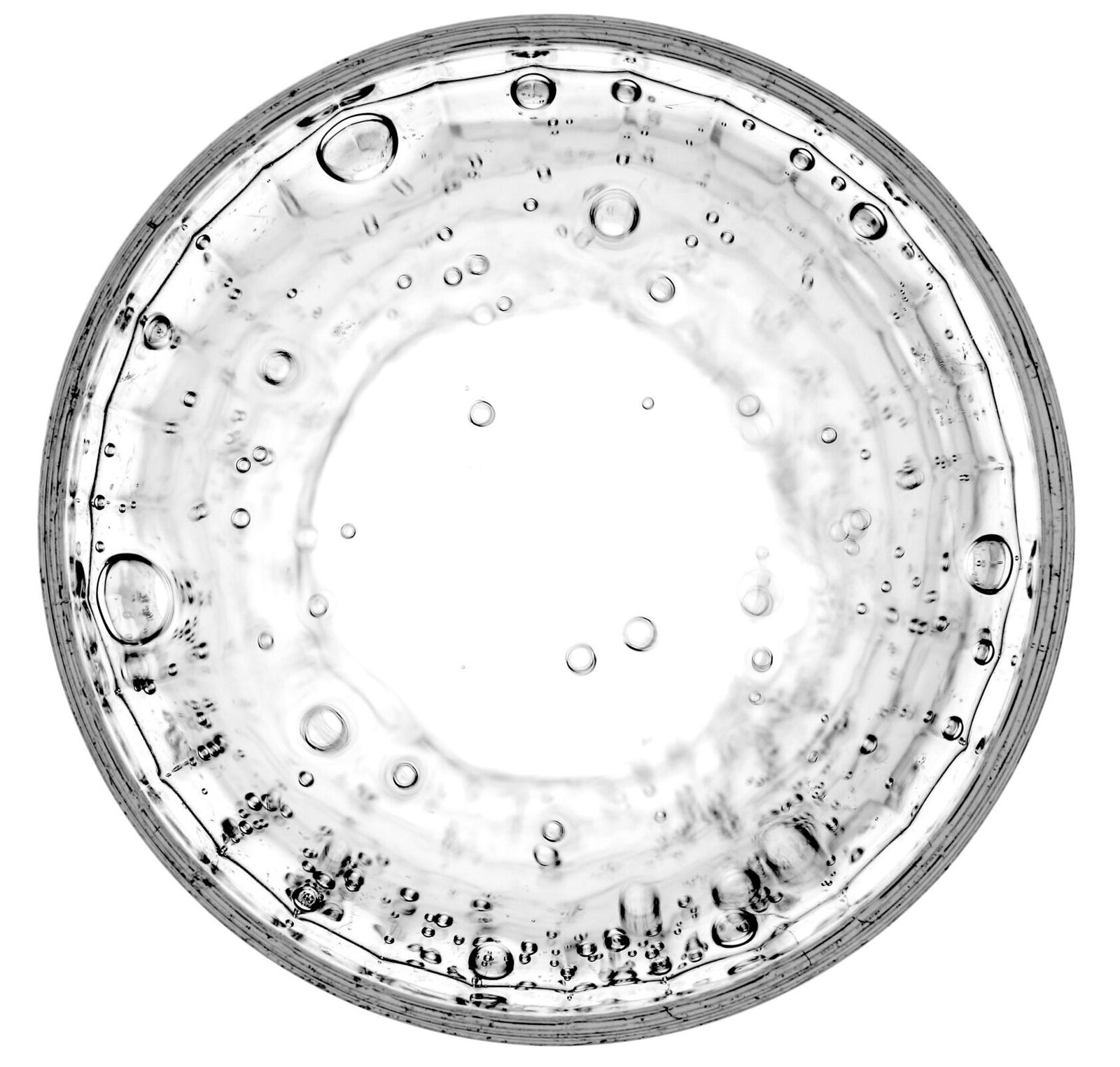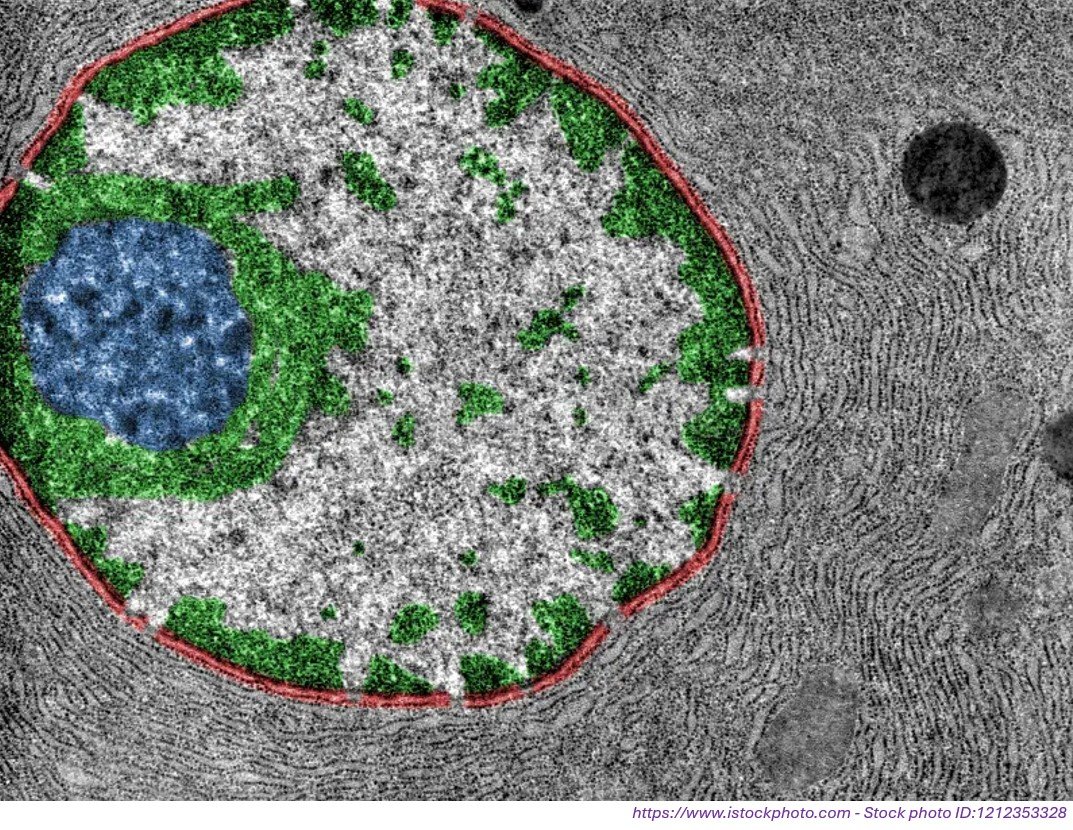“The nucleus has to be both a sanctuary and a gateway—protecting the cell’s most valuable information while allowing selective communication with the outside world.”
— Günter Blobel, Nobel Laureate in Physiology and Medicine
In eukaryotic cells, the nucleus stores genetic material and regulates gene expression by separating two key mechanisms: transcription (the synthesis of RNA from DNA) and translation (the process of decoding RNA to produce proteins). This separation creates a need for controlled exchange of molecules like proteins and RNA between the nucleus and cytoplasm. Nuclear pore complexes (NPCs) are responsible for this task, acting as selective gateways in the nuclear envelope.
This post provides you with a quick overview of how NPCs function and their role in molecular transport. As you read through, consider these questions:
- How do prokaryotic and eukaryotic cells differ in their need for specialized transport?
- What is the role of nuclear pore complexes in molecular exchange?
- How does GTP hydrolysis control transport across the nuclear envelope?
Engaging textbook-sourced images will help you visualize these processes.
Let’s begin!
Comparative Cellular Organization: Prokaryotic and Eukaryotic Cells
To understand why eukaryotic cells, need specialized transport mechanisms, it helps to compare them with prokaryotic cells. Prokaryotic cells, such as Escherichia coli (E. coli), lack membrane-bound organelles. Their DNA is found within the nucleoid, a region of the cytoplasm where transcription and translation occur in close proximity. This setup allows rapid protein production but offers limited control over gene expression.
In contrast, eukaryotic cells have a double-membrane structure called the nuclear envelope, which encloses the DNA. By physically separating the processes of transcription and translation, this membrane enables eukaryotic cells to regulate gene expression with greater precision.
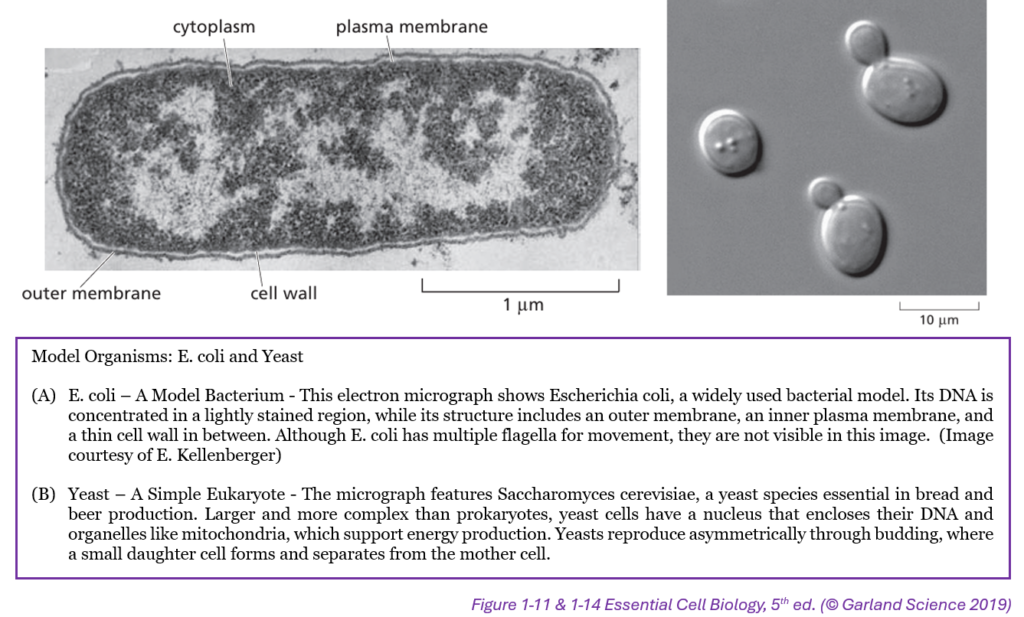
Structure and Function of the Nuclear Envelope
The nuclear envelope has two layers:
- Outer nuclear membrane (ONM): Continuous with the endoplasmic reticulum (ER), the ONM allows lipid and protein exchange between the two compartments.
- Inner nuclear membrane (INM): Contains proteins that interact with chromatin and the nuclear lamina—a supportive meshwork of intermediate filaments made of Lamin proteins.
This double membrane acts as a protective barrier, restricting the movement of molecules and necessitating specialized transport channels.
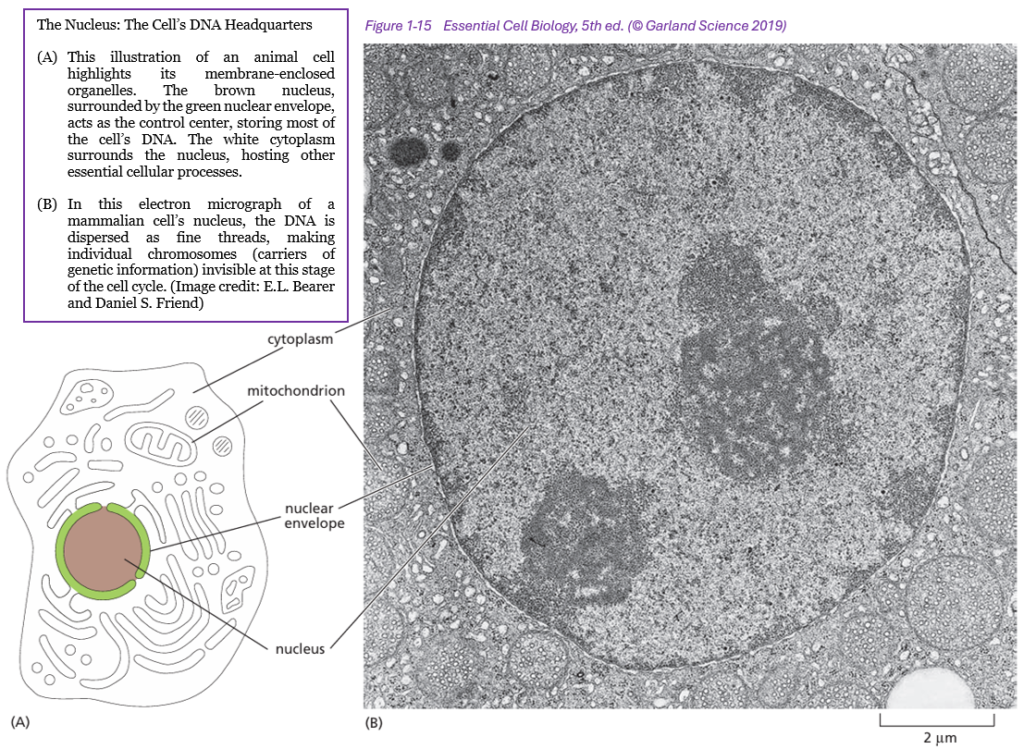
The Nuclear Pore Complex: Gateway for Molecular Traffic
Nuclear pore complexes (NPCs) are large, protein-based structures that span the nuclear envelope, controlling the exchange of molecules between the nucleus and cytoplasm. Each NPC consists of proteins called nucleoporins, arranged in an octagonal ring that forms a central channel.
Key Structural Features:
- Cytoplasmic fibrils: Extend into the cytoplasm to capture incoming molecules.
- Central channel: Filled with phenylalanine-glycine (FG) repeats that create a selective barrier, allowing only specific molecules to pass.
- Nuclear basket: Extends into the nucleus to help release incoming cargo.
NPCs ensure that only molecules carrying specific signals—like nuclear localization signals (NLS) and nuclear export signals (NES)—can pass through.
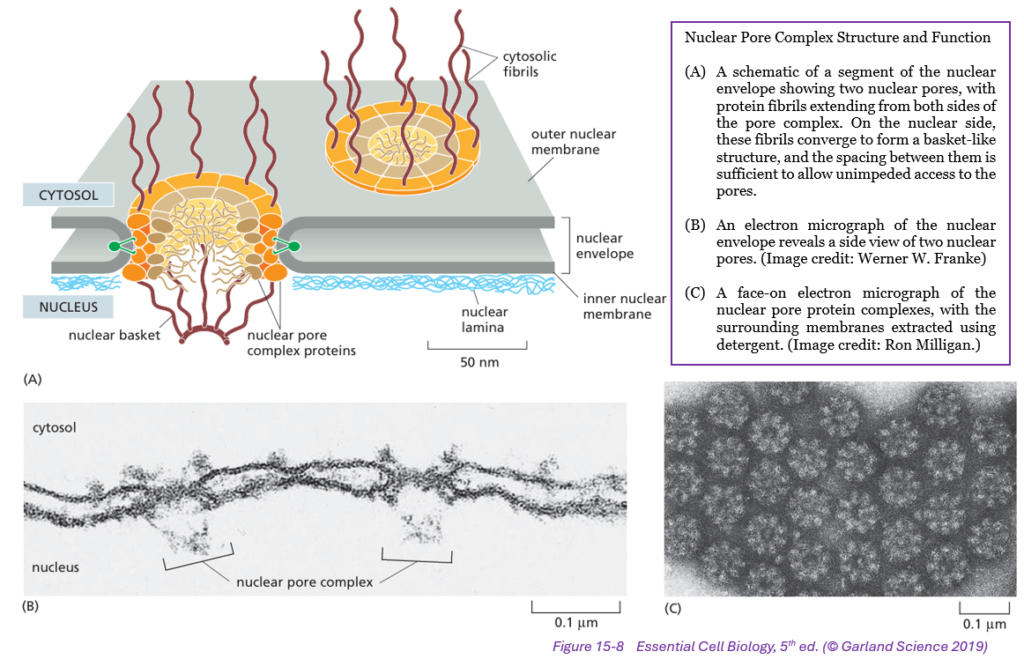
Mechanisms of Nuclear Transport
Transport across NPCs requires energy, provided by the hydrolysis of guanosine triphosphate (GTP). The Ran protein, a small GTPase, acts as a molecular switch. Ran exists in two forms: Ran-GTP (inside the nucleus) and Ran-GDP (in the cytoplasm). Two regulatory proteins maintain this gradient:
- Ran-GEF (guanine nucleotide exchange factor): Converts Ran-GDP to Ran-GTP inside the nucleus.
- Ran-GAP (GTPase-activating protein): Converts Ran-GTP to Ran-GDP in the cytoplasm.
Import Process
- Proteins with an NLS bind to importins (transport receptors) in the cytoplasm.
- The importin-cargo complex moves through the NPC by interacting with FG repeats.
- Inside the nucleus, Ran-GTP binds to importins, causing cargo release.
- The Ran-GTP-importin complex returns to the cytoplasm, where GTP is hydrolyzed, freeing the importin.
Export Process
- Molecules with an NES bind to exportins and Ran-GTP in the nucleus.
- The complex passes through the NPC.
- In the cytoplasm, Ran-GAP hydrolyzes GTP, releasing the cargo.
- Exportins return to the nucleus to restart the cycle.
This system ensures that transport is both directional and selective.
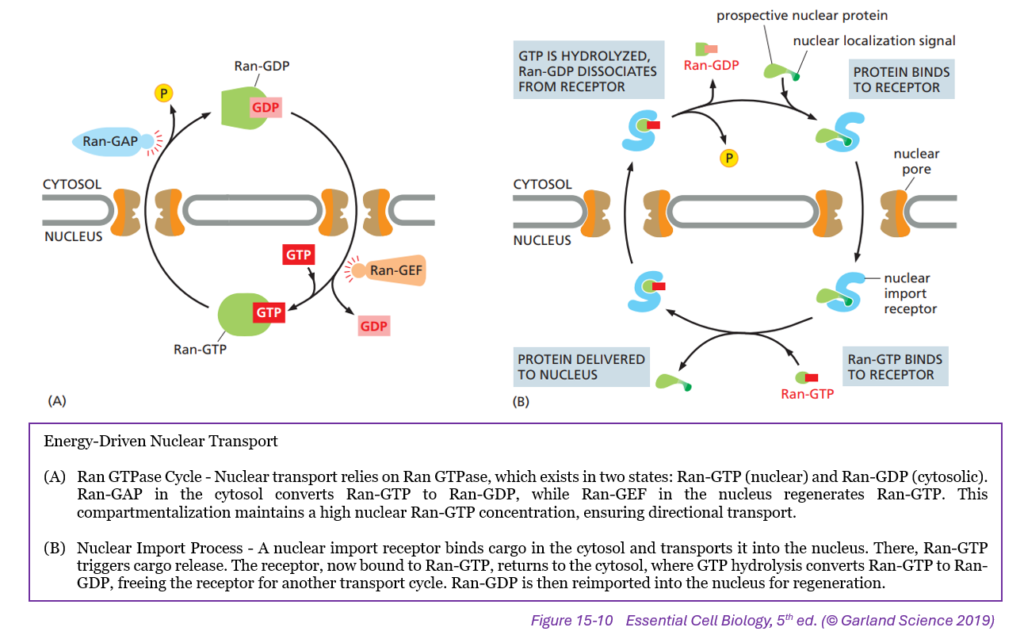
Conclusion
We now recognize the nucleus as a critical regulator of gene expression and protector of genetic material. Nuclear pore complexes facilitate selective molecular exchange between the nucleus and cytoplasm, ensuring precise transport of tagged molecules. Driven by GTP hydrolysis, this process is essential for cellular function and highlights the sophisticated organization of eukaryotic cells in molecular biology and biomedical research.
Additional Reading
- “Self-regulation of the nuclear pore complex enables clogging-free transport” – This study explores how the NPC maintains efficient transport by self-regulating its function, preventing congestion during molecular exchange.
- “Structure, Maintenance, and Regulation of Nuclear Pore Complexes” – A comprehensive review that examines the structure and function of NPCs, highlighting their role in nucleocytoplasmic transport and cellular homeostasis.
- “The role of nuclear pores in gene regulation, development and disease” – This article discusses the critical functions of NPCs in gene regulation, their involvement in development, and their implications in various diseases.
- “The nuclear pore complex becomes alive: new insights into its dynamics and involvement in different cellular processes” – This review provides insights into the dynamic nature of NPCs and their involvement in various cellular processes beyond nucleocytoplasmic transport.
- “The nuclear pore complex as an entropic gate: theory and simulation”– This theoretical study uses simulations to understand the selective permeability of the NPC, proposing that it functions as an entropic gate regulating molecular traffic.
